Right now, through February 11, My Table magazine is calling for entries in its first-ever photo competition, Feast Your Eyes: Food Photography from Across Texas. The advertisement we created for the contest featured three 19th-century-style photos (below) of Houston chefs William Wright (Helen restaurant), Soren Pedersen (Currant Kitchen) and Philippe Gaston (Izakaya) by photographer Galina Kurlat (photo above). That ad elicited so many comments about the images that we thought we’d introduce Kurlat to our readers.
Kurlat, who was born in Moscow in 1981 and immigrated to the United States shortly after the fall of communism in 1989, is currently working on a major photo project involving Houston chefs. She has a media arts degree from Brooklyn’s Pratt Institute, and her work has been exhibited internationally and is in a number of public and private collections, including the Museum of Fine Arts Houston. She recently took a few minutes to answer our nosy questions.
Please tell us a little about your current photo project featuring Houston-area chefs.
This work [The Eye and the Implement: A Photographic Anthology of Houston’s Culinary Community] is a celebration of Houston’s dynamic culinary scene. There are so many brilliant chefs working in this town, and it has been an honor to photograph a few of them.
Why are you using such an old-fashioned photographic method?
These photographs are made using the wet collodion process, which was introduced in the 1850s. It involves coating a metal plate with collodion [a syrupy solution of cellulose nitrate], then sensitizing it by dipping it into a bath of silver nitrate. The still-wet plate is then placed in the camera and the photograph is made. Within a few minutes of exposure the plate must be developed, fixed and dried.
I initially became interested in the wet collodion process because there is an element of surprise to the image. There is only so much I can control in the process, then the rest is up to chance and luck. Working with an antiquated process forces me to slow down and really look through the camera. Since a good day may yield only six to eight images, even the smallest gesture becomes significant.
Will this project become a book? If so, when do you expect publication?
Every chef I photograph is asked to bring in their favorite tool and ingredient as well as a copy of their favorite recipe. My hope is that their portraits along with tintypes of these items can be published once the project is completed in May.
What in your background made you so fascinated by the people who prepare our food?
There is a correlation between the act of preparing a dish and creating photographs using the wet collodion process. The element of time plays a large role in developing the photograph; you have between 15 and 40 seconds before the plate is ruined. It takes practice and an intuitive sense for when a photograph is completed. I imagine the same can be said for a finely cooked dish.
Best place to nosh in the warehouse district?
I had the pleasure of photographing Justin Yu this fall and am so happy that Oxheart is just down the street from my studio.

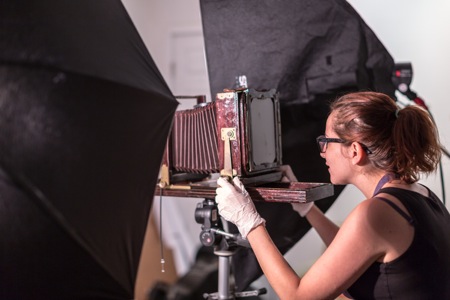
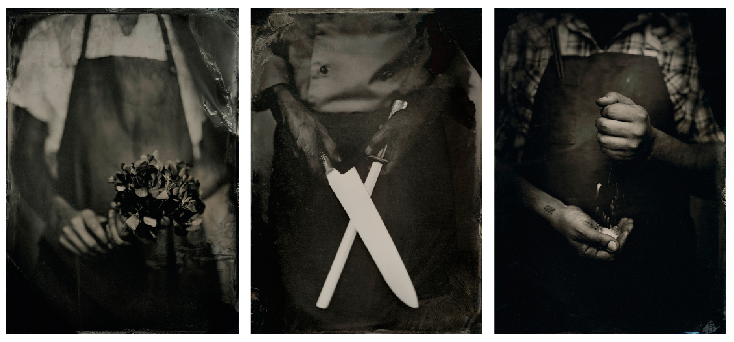
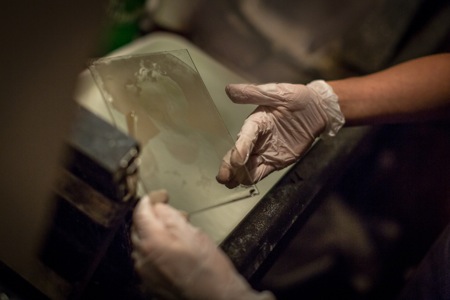
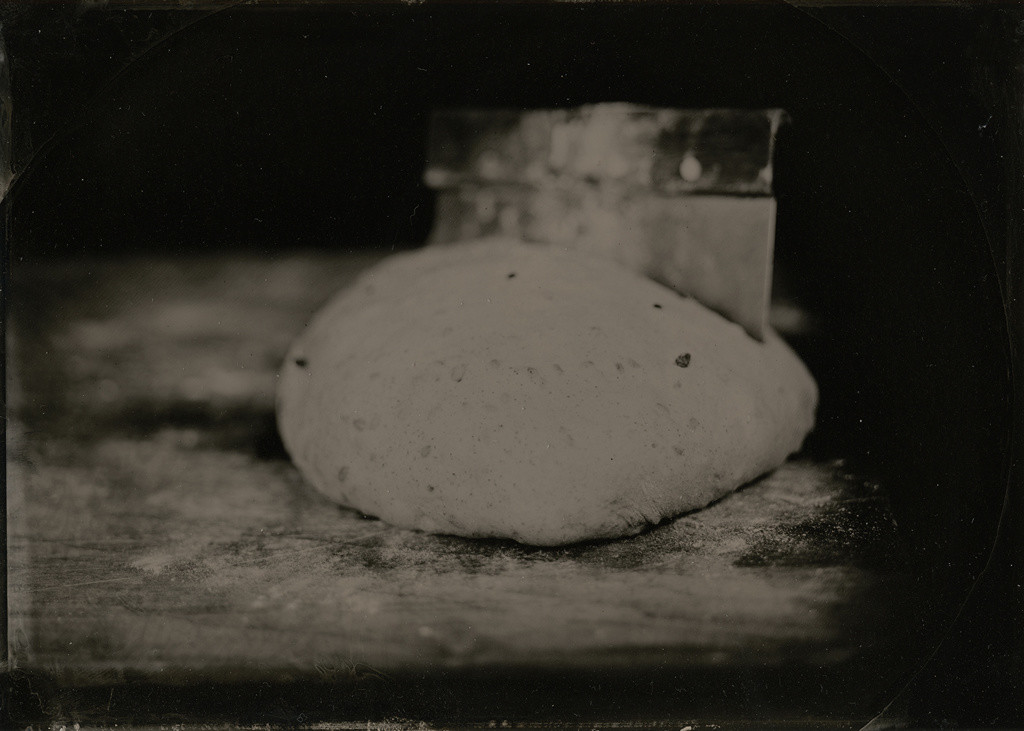
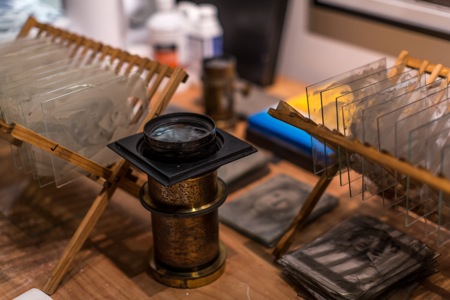

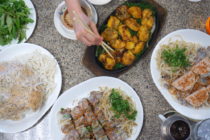
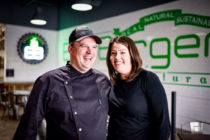
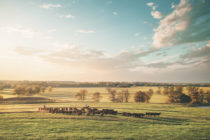


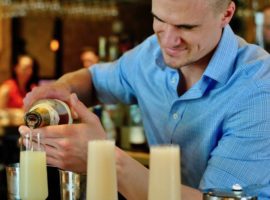
Follow Us